Educational Activies and Lesson Plans
Harmful algal blooms can be used to illustrate important concepts in biology, ecology, marine science, data analysis, and more. See below for materials that educators can incorporate into curriculum. This page will be updated as new activities and resources become available.
In light of classroom interruptions due to COVID-19, virtual or remote lesson plans are marked with 
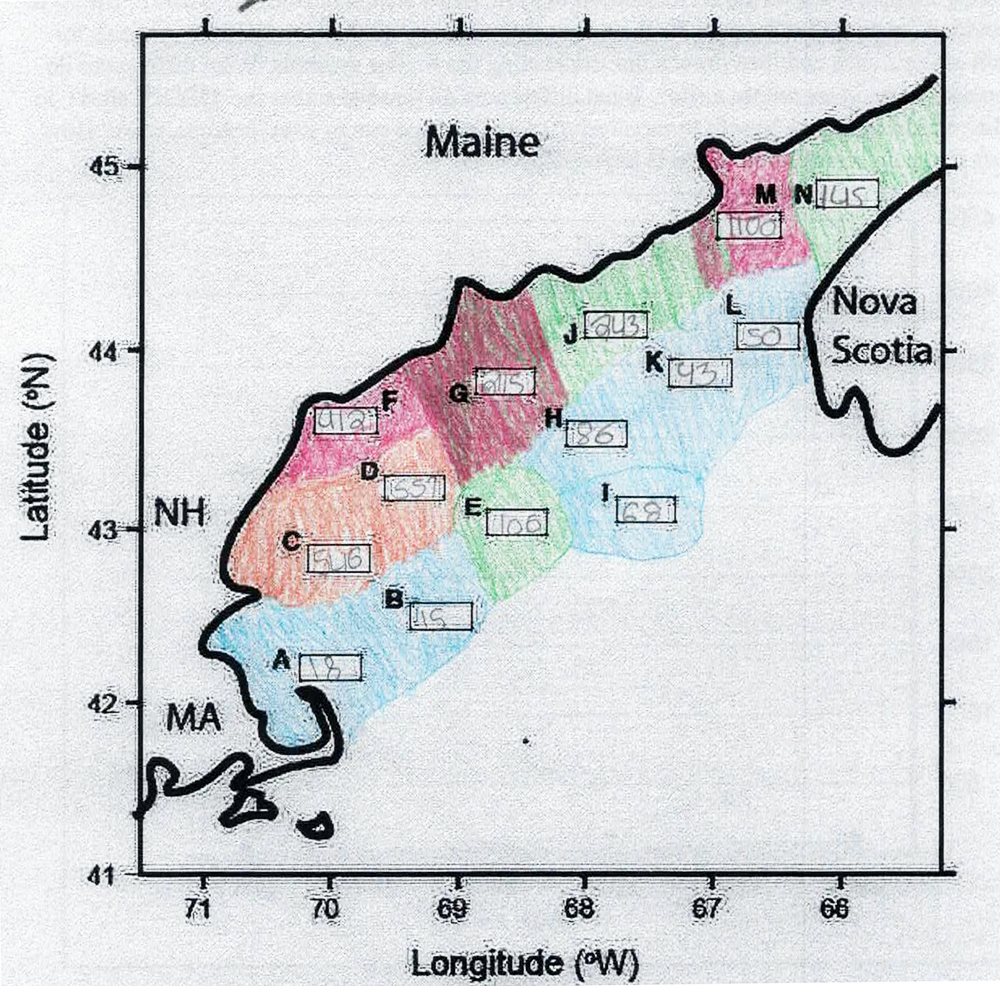
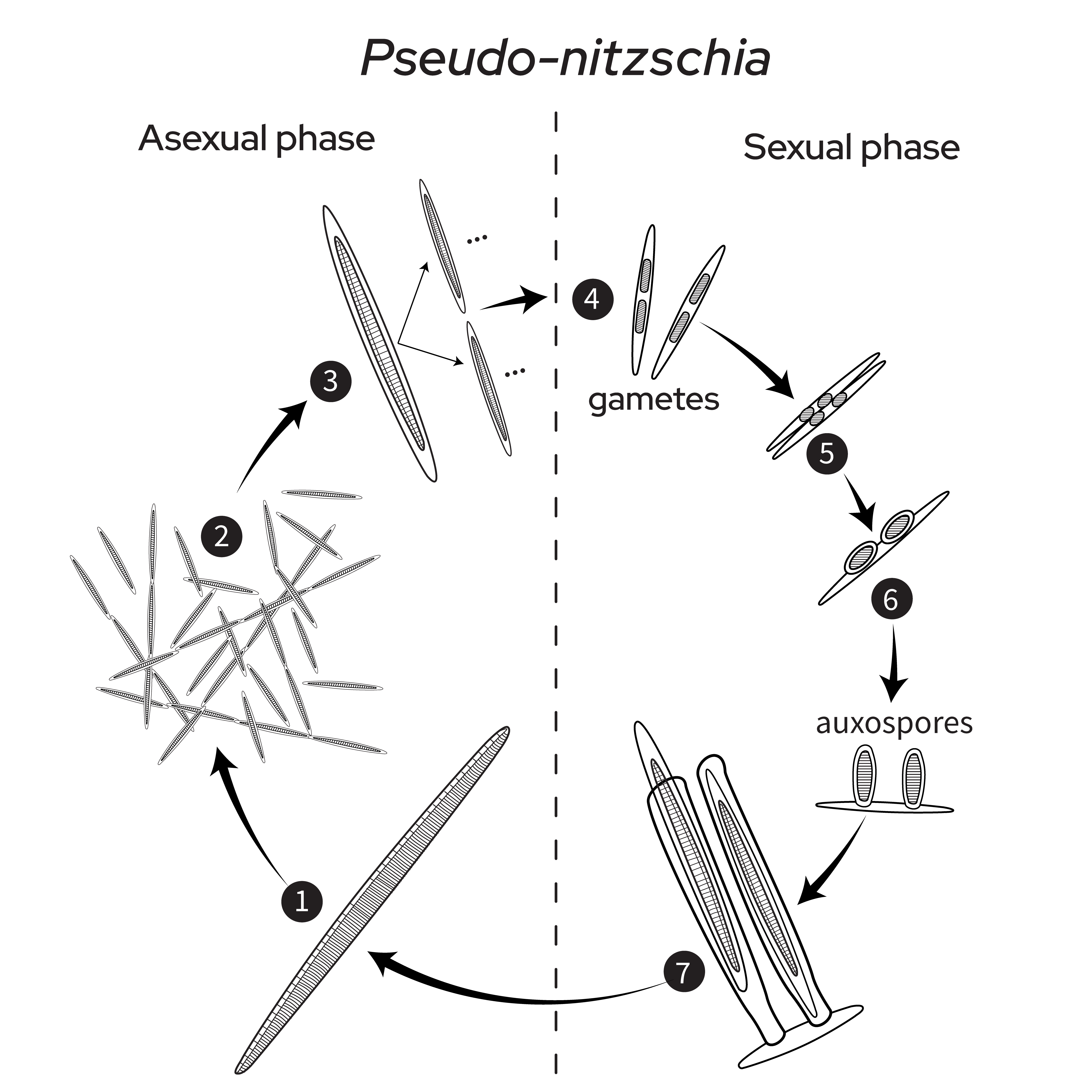
Track HABs by Mapping their Cysts

Slicing the Pie - Interpreting Harmful Algal Blooms one pie chart at at time

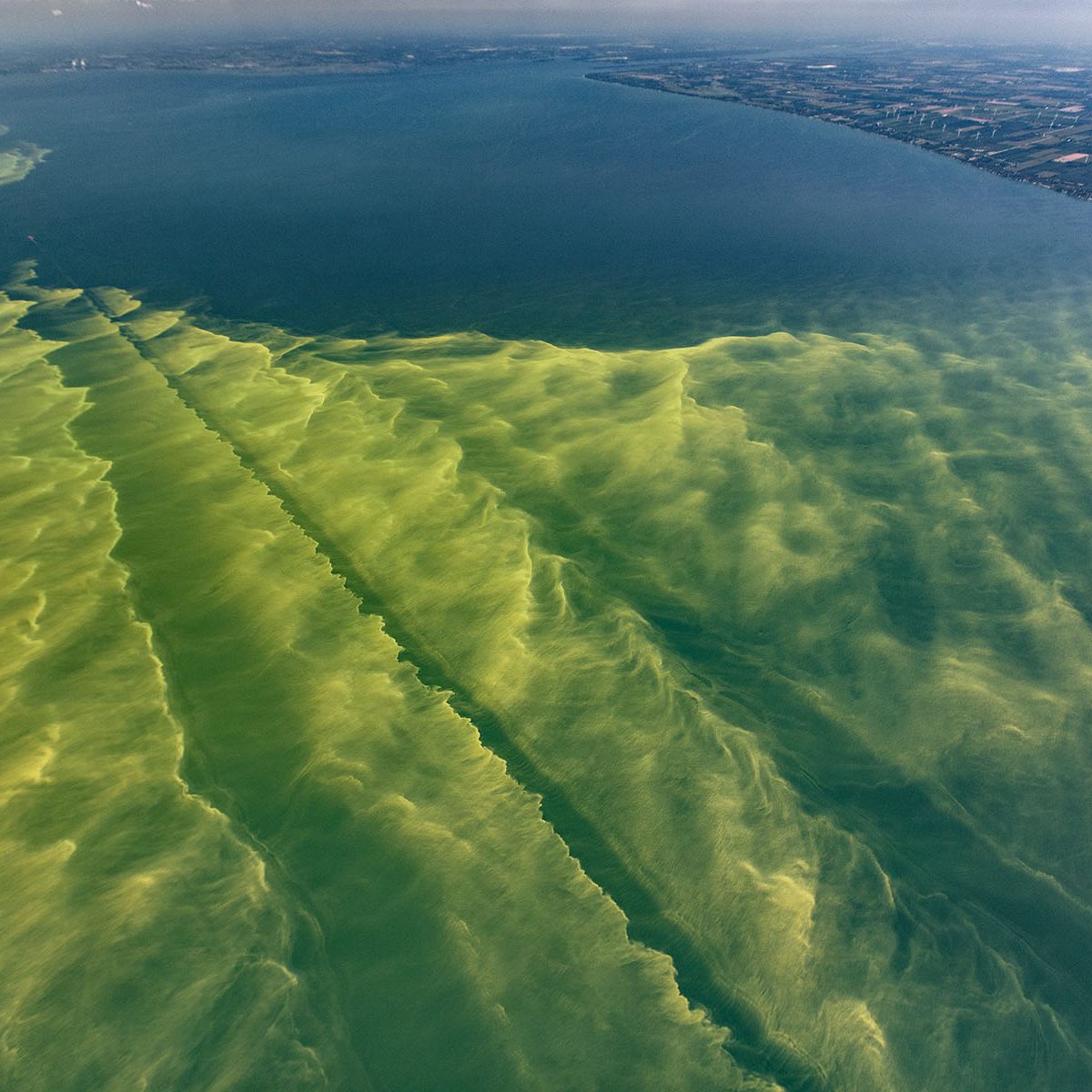
Nutrient Loading & Eutrophication

In an experiment for grades 6-8 designed by Michelle Woods at VIMS, educators can provide a hands-on learning experience for students about eutrophication and harmful algal blooms. Students run their own week-long algal growth experiments, then graph and analyze their data.
J.L. Person outlines a more advanced variation of the above project, with experimental replicates at different nutrient levels.

Phytoplankton Buoyancy & Mobility
Researchers from NASA's Ames Research Center helped to design this project for grades 6-12, exploring the role of light cues in cyanobacteria mobility. Cyanobacteria form microbial mat colonies capable of moving horizontally and vertically to reach ideal light conditions, and this experiment allows students to grow cultures, measure their responses, and analyze the data.
A more advanced version of this experiment for grades 9-12 is available through NOAA's Office of Ocean Exploration and Research.
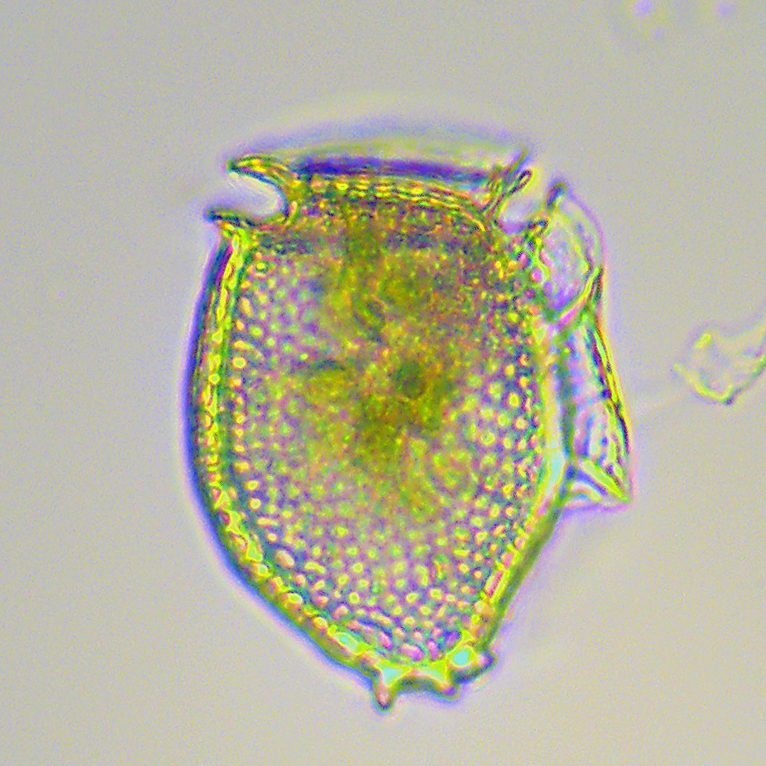
Introduction to Molecular Techniques

In a lesson developed by Kristen Sharpe at VIMS for grades 9-12, students are introduced to chromatography by extracting pigments from plant-based foods, running paper chromatography tests, performing a species identification of an unknown species, and developing an understanding of how pigments absorb or reflect different wavelengths of light.
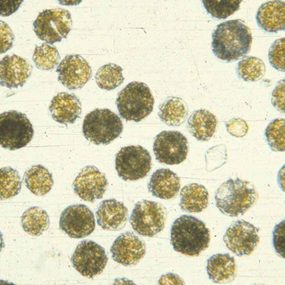
Ecological Concepts

The Northeast Algal Society provides this lesson plan for advanced high school and undergraduate level students to learn about food webs and trophic cascades. Students grow an algal culture as well as a herbivore and a predator species of plankton, and create their own week-long experiment to test a hypothesis of either top-down or bottom-up population control. Educators can also include an introduction to statistical analysis once data has been collected.
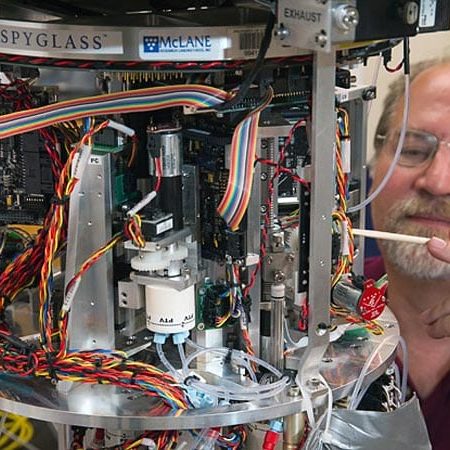
Engineering for Biology
🦠 Researchers frequently combine hands-on fieldwork with technological innovation to acquire new data sets and perspectives on biological problems. NOAA's Office of Ocean Exploration and Research provides a lesson plan for students in grades 7-8 to introduce different types of underwater sampling vehicles and explore what types of experiments they carry out.
🦠 In another lesson plan from NOAA's OOER, students do research on current deep sea autonomous vehicles, then design and build a prototype submersible with available materials. The lesson plan can be adapted to be built and tested remotely from campus, or the experiment can be transitioned to a design challenge.
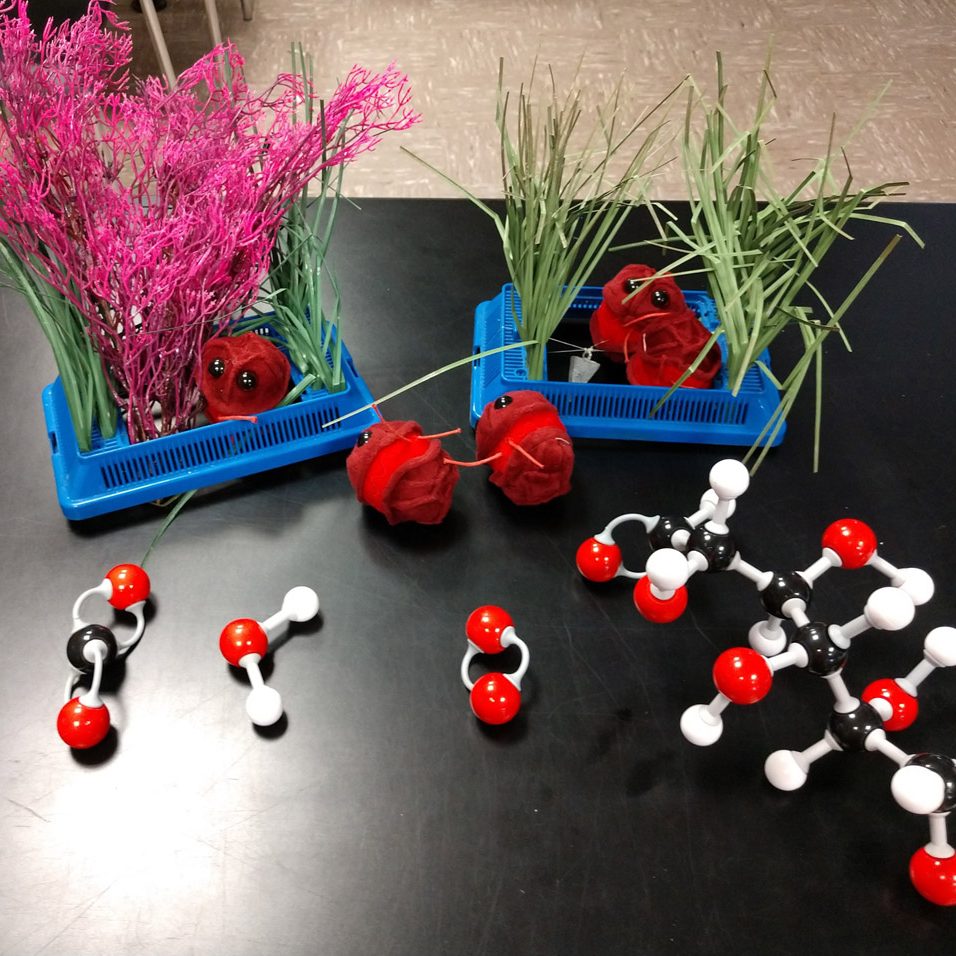
Chemistry Made Easy

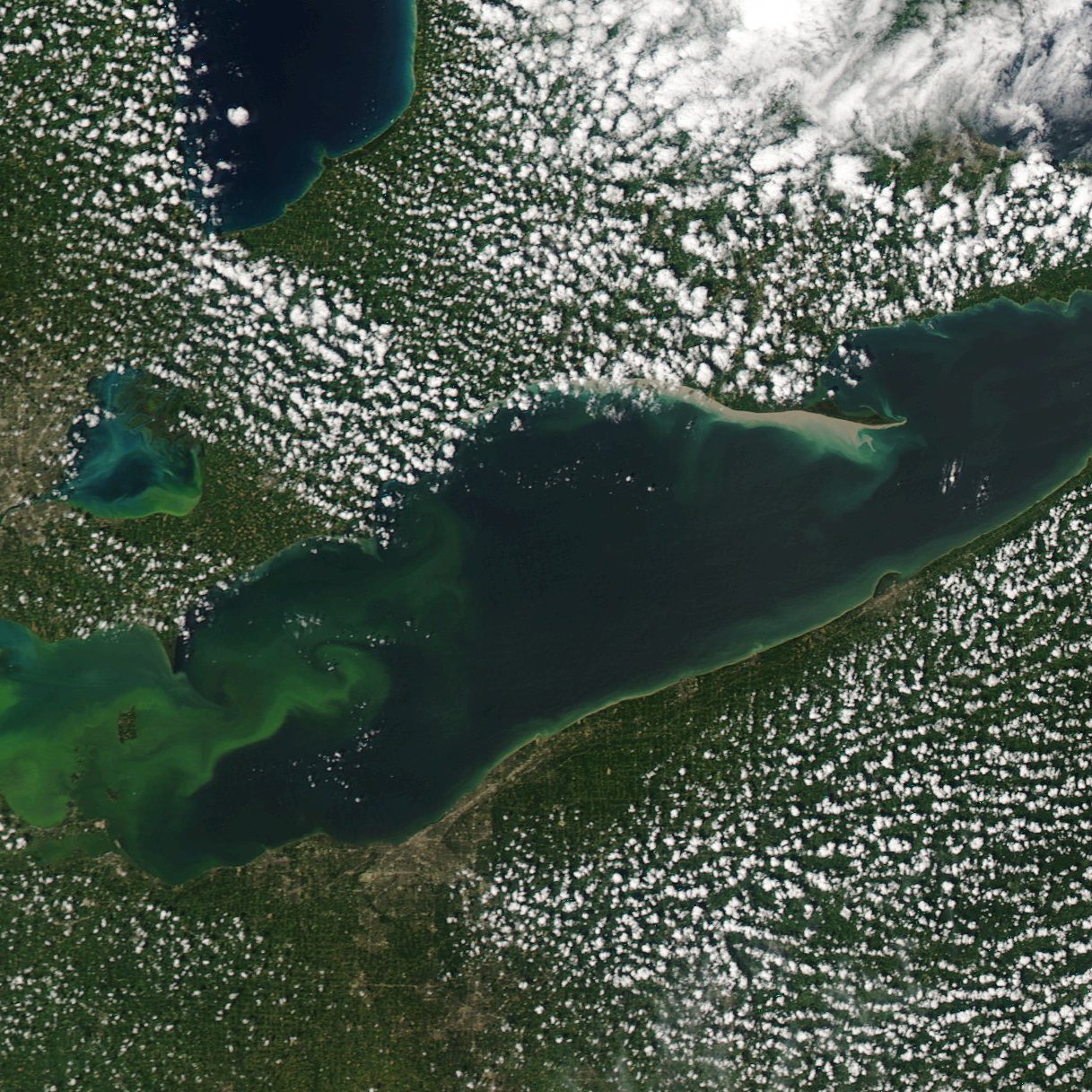
Research Guides



